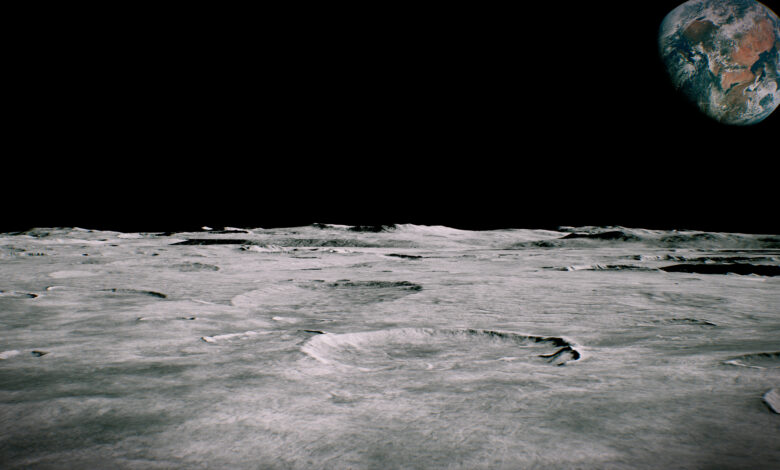Russia’s Lunar Mission Ends in Failure: Luna 25 Crashes on Moon’s Surface

Russia’s ambitious lunar mission, Luna 25, which marked the nation’s return to lunar exploration after decades, ended in disappointment and failure when the spacecraft crashed into the Moon’s surface. The Russian space agency, Roscosmos, reported that they lost contact with Luna 25 as it was entering a pre-landing orbit. The agency has now initiated an investigation to determine the reasons behind this unfortunate outcome.
Launched from the Vostochny Cosmodrome on August 10th, Luna 25 was a historic mission as it marked Russia’s first lunar landing in nearly fifty years. The last successful Russian lunar landing was achieved by Luna 24, which touched down on the Moon on August 18, 1976, and successfully returned lunar samples to Earth.
Luna 25 had ambitious goals, planning to land in the Moon’s South Pole region.
Once there, it aimed to conduct extensive studies of the lunar surface utilizing its array of eight instruments, including cameras and spectrometers.
However, the mission took a drastic turn on Friday when Roscosmos declared an “emergency situation” as the spacecraft was entering its pre-landing orbit. In a statement, Roscosmos expressed that the craft had “moved into an unpredictable orbit and ceased to exist as a result of a collision with the surface of the Moon.”
To understand the circumstances leading to this mission failure, Roscosmos has formed an “inter-departmental commission” tasked with investigating the incident.
The lunar exploration community is well aware of the challenges involved in landing on celestial bodies. Thomas Zurbuchen, former head of science at NASA, emphasized this difficulty, noting, “We are reminded that landing on any celestial object is anything but easy and straightforward. Just because others managed to do it decades ago does not guarantee success today.”
Interestingly, Russia’s lunar landing attempt occurred shortly before India’s Chandrayaan-3 mission, scheduled to land on the Moon. Chandrayaan-3 consists of the Vikram lander, carrying a six-wheeled rover named Pragyaan. The Indian mission is set to make its descent on Wednesday, and the world will be closely watching India’s progress.
While Luna 25’s failure is undoubtedly a setback for Russia’s lunar ambitions, it underscores the complexity and risk associated with lunar exploration. As space agencies worldwide aim to expand their reach into the cosmos, setbacks like this emphasize the need for careful planning and continuous advancements in space technology. Roscosmos will now turn its attention to understanding what went wrong with Luna 25 and apply the lessons learned to future lunar missions, keeping the spirit of lunar exploration alive.





